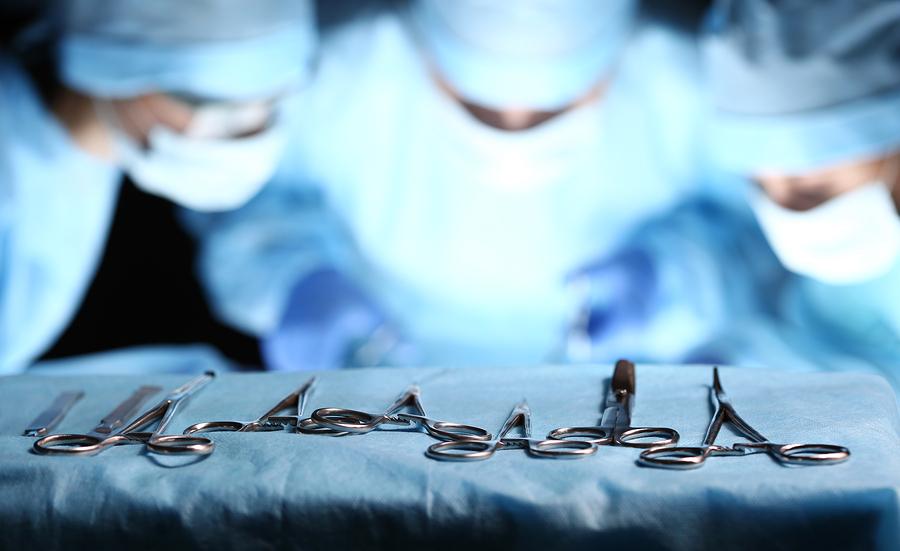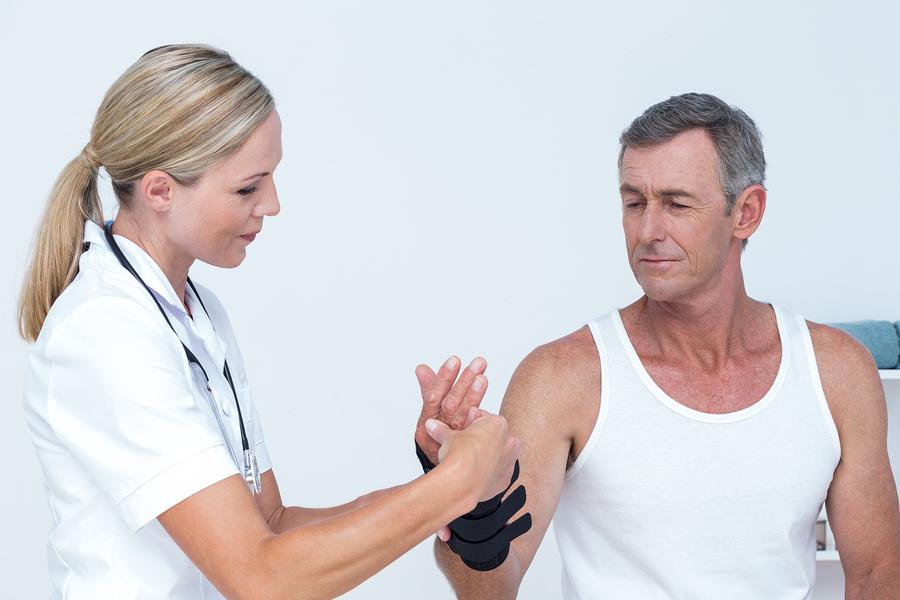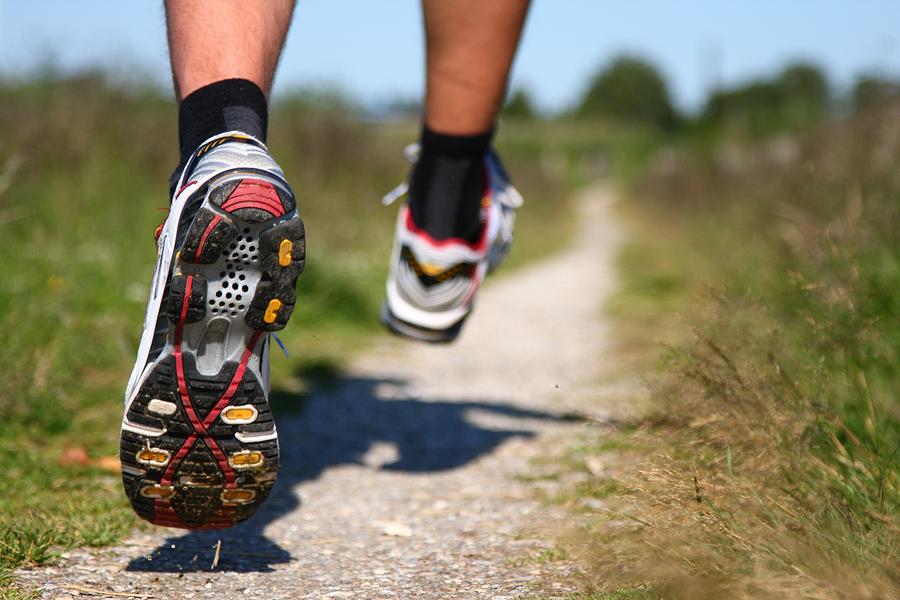3D Printing and the Future of Orthopedic Medicine
In July of 2014, Dr Vincent Fiere, MD, performed the very first spinal fusion surgery using 3D printed spine cages! This was a breakthrough in the world of orthopedic medicine, and we are going to talk more about it today!
Add Some Technology to your Workout!
Are you one of the millions of Americans who have trouble staying workout-focused? Do you find yourself losing track of your daily and weekly calorie expenditures?
New technology has made it more possible than ever to monitor your daily calorie consumption and calorie burn. While discrete fitness trackers are very popular, smart phones make it easier than ever to manage your workout.
Could 3D Technology Improve Orthopedic Care?
3D technology that permits printing and scanning is continuing to enhance how treatment for injuries is conducted. Toronto based company, HEALX Innovation, is one such enterprise that is leading the way in this 3D technology. HEALX specialises in the treatment of musculoskeletal injuries by utilising 3D technologies. Their most recent development is in relation to wrist braces that they hope will be fully customizable.
Get Fit Faster with an App
Getting into shape is an enjoyable process for some people, but many people do not find it easy! With so much varying information and advice on nutrition and exercise, it can be hard to know what you should do in order to maximise your efforts.
With the advent of technology it has become much simpler to track your progress when it comes to exercise and also to stay on top of your diet. This is thanks in no small part to the many apps that have been developed for this specific purpose.
Read more
Knee Arthroscopy Surgery
One of the most common surgical procedures that an orthopedic surgeon will carry out during their career is knee arthroscopy. Although this is a very common procedure in the present day, it was not until the 1960’s that it really came into practice. An arthroscopy is the surgical process of either diagnosing or treating an abnormality of a joint in the body. Surgery of this kind can usually be done on an outpatient basis and could require either a general or local anaesthetic. Fortunately, only a small incision is necessary. This means that the remaining scar should only be approximately a quarter of an inch.
Read more
Direct vs Computed Radiography
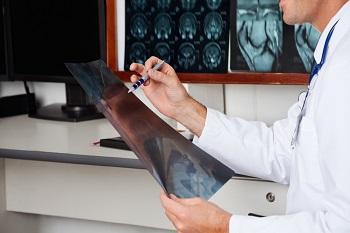
How apparent are these image quality improvements in the final x-ray image? When using the latest generation direct x-ray detector, image quality is usually so much better that even an untrained viewer will notice! Even better, this image quality can often be realized with the same or less dose of radiation when compared with a computed radiography system. Direct radiography systems are also typically much faster- getting you your diagnosis quicker than ever.
Read more
X-Ray Imaging and Technology
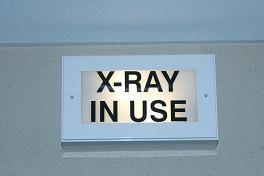
Implants for the Future
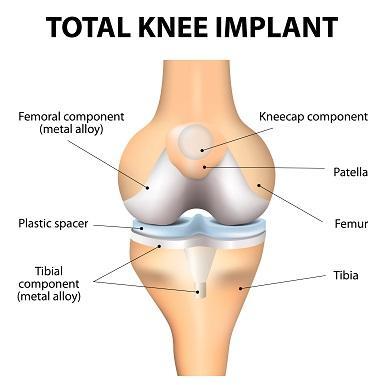
A group of scientists from the University of Malaya and four other universities in the US have found a technique of developing better biomedical implants to accelerate bone healing. An implant is a medical device made of a biomedical material that is fitted into the body to act as a missing biological structure. A study published on the front cover of the July issue of Applied Surface Science, reveals that the researchers have been successful in making new biomedical implants. These use magnesium coatings that do not crack, reducing the chance of post surgery complications.
Read more
Rockbot Service at Onto Orthopedics
Onto Orthopedics is now working with Rockbot to bring you high quality music during your visit. Before seeing us, please install the Rockbot app on your phone. Then, simply log in during your appointment, navigate to "Onto Orthopedics", and begin picking the music we play!
Click here to download the Rockbot app.
Brewing Waste May Assist Bone Regeneration

This study was conducted at Centre for Biomedical Technology of Universidad Politécnica de Madrid (UPM) and the Institute of Materials Science and the Institute of Catalysis and Petrochemistry of Consejo Superior de Investigaciones Científicas (CSIC). The results showed that the residue left after beer production was rich in contents like calcium, phosphorus, silica, etc. These were coincidently nutrients that help bones become stronger. The residue was incorporated to be used as a material in bone replacements as well as a coating in bone grafts. Not only does this material decrease the burden of the accumulated eco waste, it also provides nutrient-rich media for the treatment of bone diseases.
Read more




